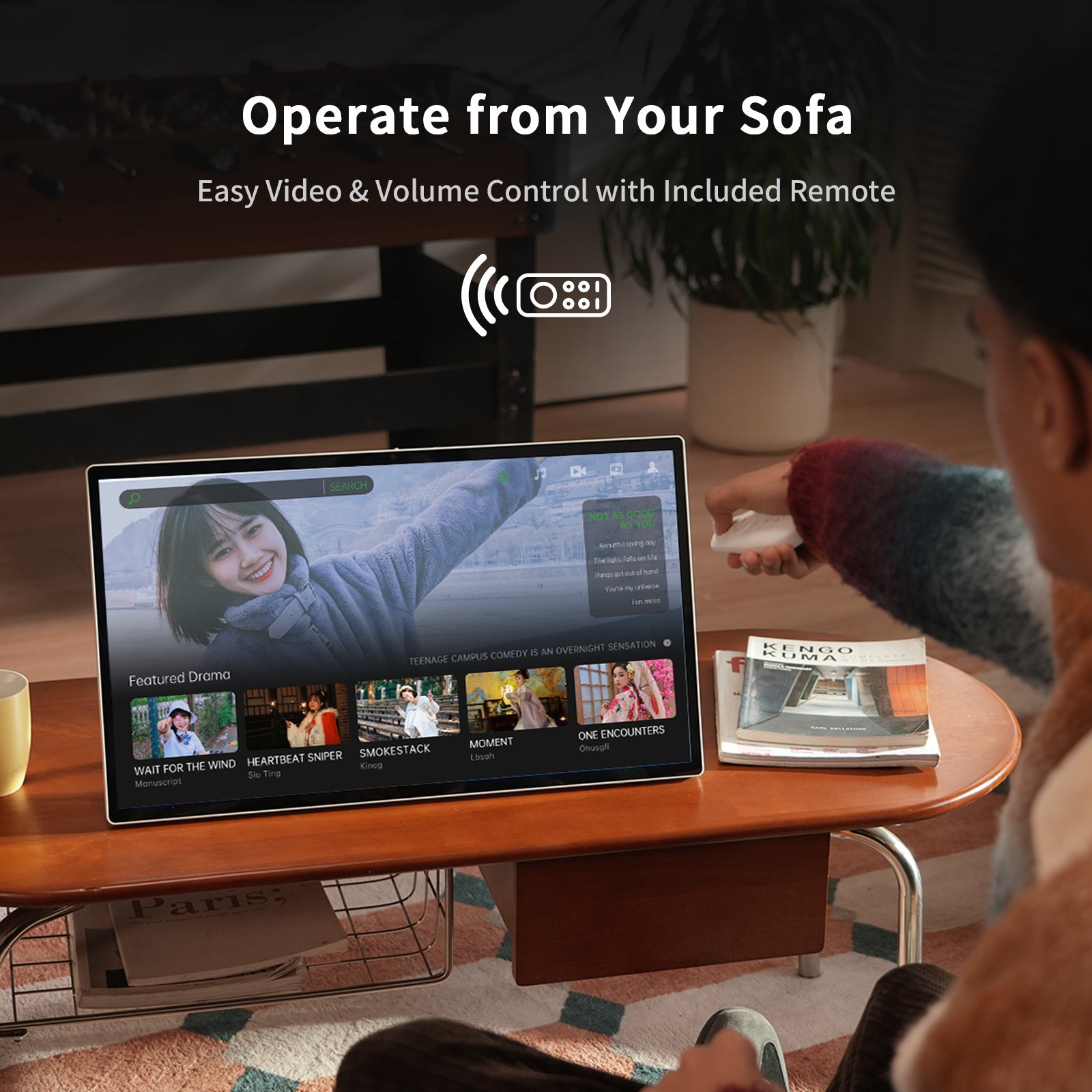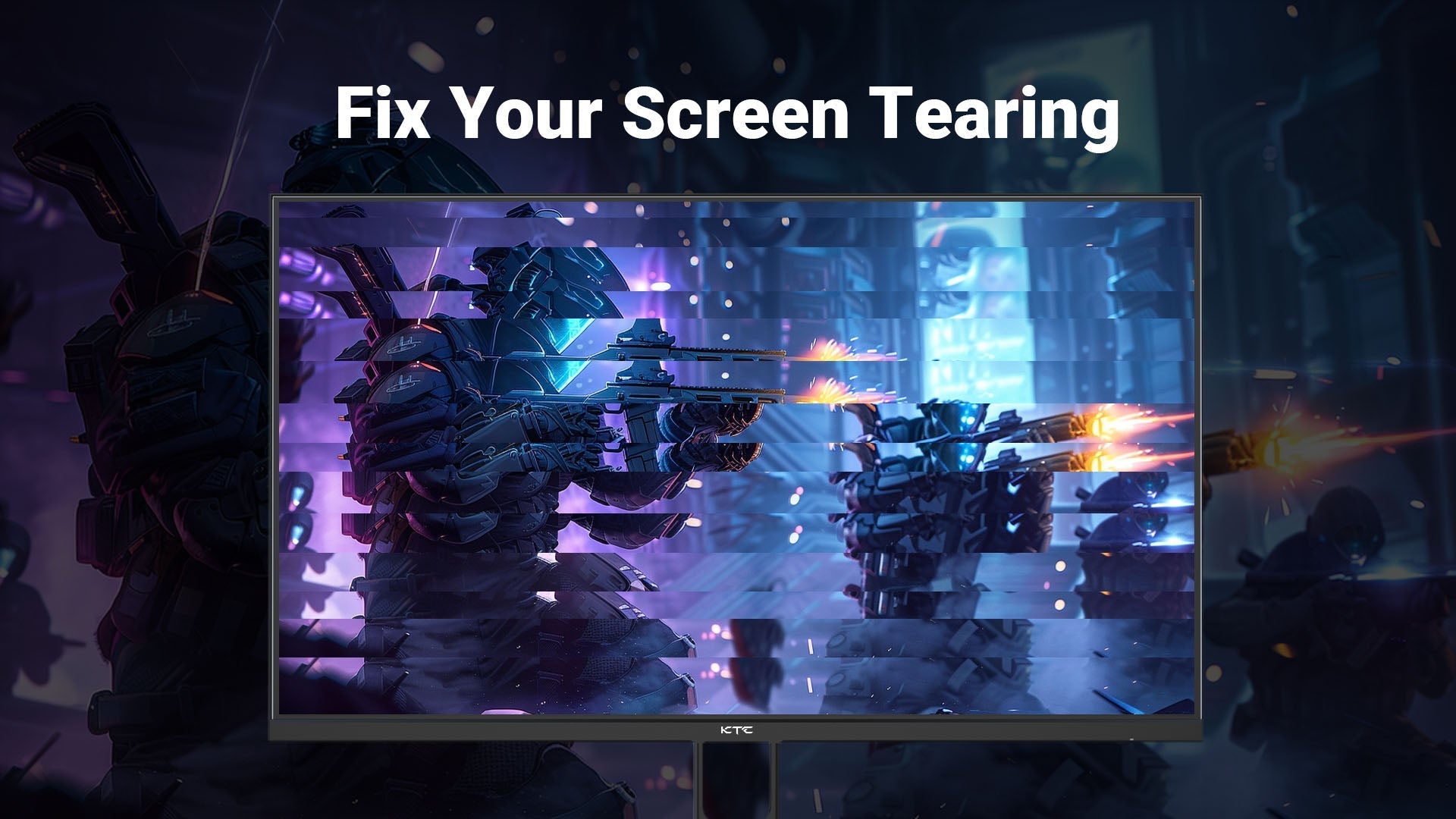In the world of gaming, players often have to choose between amazing visual detail and pure speed. 4K gives you very clear pictures that make game worlds feel more real. But competitive esports has always cared more about high performance, like fast frame rates and low input delay. This makes a hard choice for any serious player. For competitive gaming in 2025, is the amazing detail of 4K a good thing, or is it a bad thing that gets in the way of winning?

What is the Core Debate? Understanding Resolution vs. Refresh Rate
To understand this debate, you first need to know the two key things it is about: resolution and refresh rate. They decide how your game looks and feels.
Resolution (The "Clarity" Factor)
Resolution is the number of dots (pixels) that make up the picture on your screen. It is a measure of detail and sharpness. Common resolutions are 1080p, 1440p, and 4K. A 4k gaming monitor has a resolution of 3840x2160. This is four times more pixels than the old standard of 1080p. More pixels mean a cleaner, sharper picture with more detail.
Refresh Rate (The "Speed" Factor)
Refresh rate is the number of times your monitor shows a new picture every second. We measure it in Hertz (Hz). A normal screen is 60Hz. But gaming monitors have high refresh rates like 144Hz, 240Hz, or even more. A higher refresh rate lets the monitor show more pictures, or frames, per second (FPS). This makes the movement on the screen very smooth. This smoothness is very important for following fast enemies in competitive games.
The Case FOR 4K: Can More Pixels Give You an Edge?
The main reason for 4K for competitive gaming is about what you can see. With more pixels making up the game world, everything on screen becomes clearer. This can give you a small but important advantage.
Sharper Images and Better Target Identification
A 4K screen has four times the pixels of a 1080p screen. So, it can show a faraway enemy player with more detail. This can make it easier to see an enemy against a busy background, like a wall with a lot of detail or a bunch of trees. That extra clarity could be the difference between seeing an enemy a moment sooner or not seeing them at all.
Reduced "Visual Noise" and Cleaner Lines
A higher resolution also gets rid of the jagged edges you can see on players and objects at lower resolutions. This makes a cleaner picture with fewer things to distract you. By removing this "visual noise," a 4K screen can help a player focus better on the game and on where their crosshair is. This can make playing for a long time less tiring.
The Case AGAINST 4K: The High Cost of Clarity
The clear picture of 4K is nice, but it comes with a big performance cost. For most competitive players, these bad points are too big to ignore.
The Frame Rate Sacrifice
Making over eight million pixels for every picture is a very big job for even the best graphics cards. So, gaming in 4K almost always causes a big drop in frame rates (FPS) when you compare it to 1080p or 1440p. In competitive gaming, a high and steady FPS is needed for smooth play. Dropping from 200+ FPS to under 100 FPS is a big step back.
Input Lag and Responsiveness
Lower frame rates are connected to higher input lag. Input lag is the delay between when you move your mouse and when you see it happen on the screen. In competitive games where how fast you react is everything, even a few extra milliseconds of delay can make you win or lose. Competitive players try to lower this lag as much as possible. This makes the performance drop from 4K a big problem.
The Pro Gamer's Choice
This leads to the question: Do pro gamers use 4k monitors? The answer in 2025 is still mostly no. Pro esports players care about performance more than anything else. They almost always choose lower resolution 1080p or 1440p monitors. This lets their top-level PCs make the highest possible frame rates (240, 320, or more) and the lowest possible input lag. For them, speed is worth more than extra pixels.

Is There a "Best" Resolution for Competitive FPS?
Because of these choices, most competitive players have decided on a clear ranking of resolutions based on their goals.
Why 1080p Still Reigns for Pure Performance
For the pro gamer or the player who only cares about performance, 1080p is still the king. It is the easiest resolution for a computer to run. This lets even mid-level graphics cards get very high and steady frame rates. This is needed to use the fastest 320Hz and 400Hz monitors, where the only goal is the clearest motion and lowest input lag.
Why 1440p is the "Sweet Spot" for Most Serious Gamers
For most serious, non-pro gamers, 1440p (QHD) is the clear best choice. It gives you a big and easy-to-see improvement in clearness over 1080p. This makes games look sharper and more real. It is also much less work for a graphics card than 4K. This means new graphics cards can keep high frame rates. This makes 1440p the best resolution for competitive fps for players who want both a good picture and high performance.

Can New Technology Offer Both?
For years, the choice was simple: a clear picture or a fast one. But the newest monitor technology is starting to change this, with new ideas that try to give you the best of both worlds.
High-Refresh-Rate 4K Monitors
The market for 4k gaming monitor models now has screens with high refresh rates of 144Hz and even 240Hz. These monitors promise both amazing detail and smooth motion. But they need a very powerful and expensive graphics card to be used well in hard-to-run games. This makes them a choice for people with a lot of money to spend.
The "Dual-Mode" Solution
An even newer idea found on some high-end monitors is Dual-Mode Switching. This feature lets the monitor work at its normal 4K resolution with a high refresh rate (like 144Hz) for beautiful single-player games. Then, for competitive games, the user can switch the monitor to a 1080p mode that runs at a very fast refresh rate (like 320Hz or higher). This gives you the best of both worlds in one screen.
A Verdict for the Competitive Player
So, is a 4k gaming monitor a good thing or a bad thing for performance? For the player who only cares about competitive gaming in 2025, it is still a bad thing. The drop in frame rates and the increase in input lag are worse than the benefit of a clearer picture. The smartest choice is to choose speed. A high-refresh-rate 1440p monitor gives you the best mix of features. And 1080p is still the top choice for those who want the most FPS. 4K gaming is an amazing luxury, but in the world of competitive play, speed is still king.



